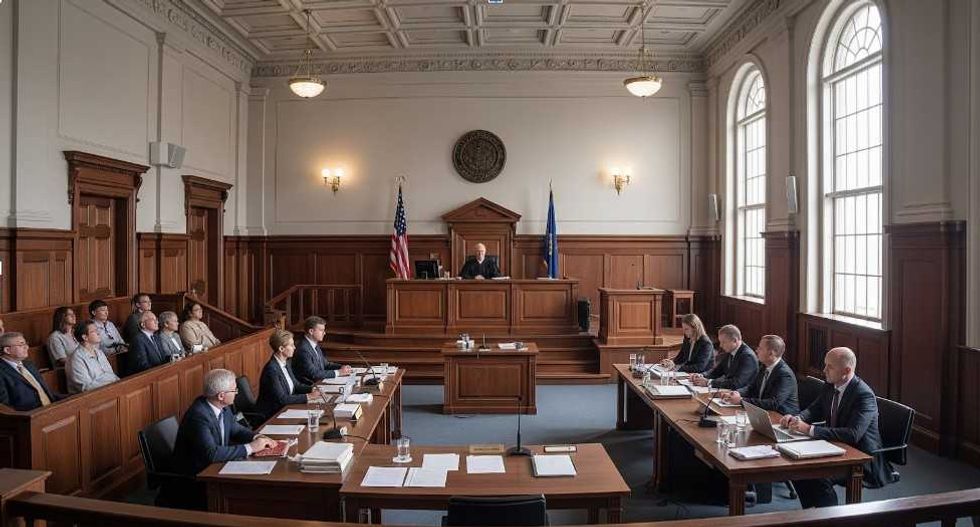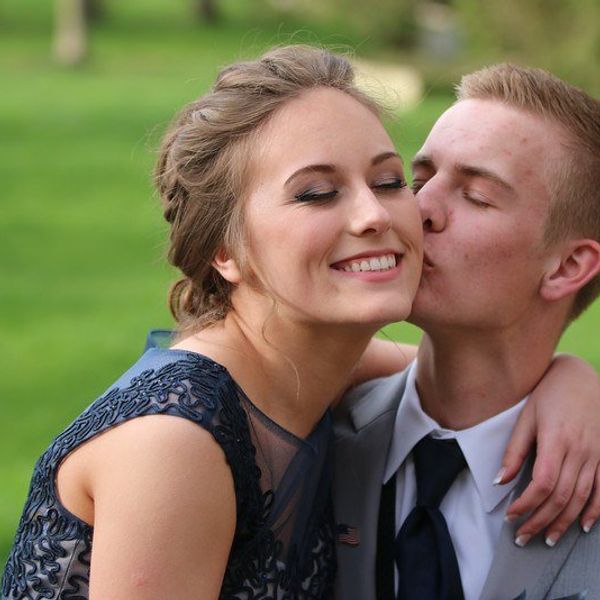Since the election of Donald J. Trump on November 8th, this question has been passed around in practically every conversation in the scientific community. As many were expecting four more years of job security with Hillary, whether you agree with their politics or not, their concern regarding Trump’s positions (an outspoken climate denier) and their jobs, is understandable.
Apocalyptic narratives have become the norm when referring to the President-Elect in regards to climate science. Students in environmental fields across the country have been in mourning. Those at New York’s SUNY College of Environmental Science and Forestry (SUNY ESF) are particularly concerned as they receive an unusually large percentage of their budget from state and federal aid.
This could be subject to change, as Trump has vowed both on his Twitter feed and during his speeches to cut science spending. Professionals from the fields of academia, research, science communication along with many others have also been outspoken about their concerns about Trumps campaign promises to, “cut regulations on phony environmental issues.”
As an environmentalist I would like to say that even though I too am concerned, I am also cautiously optimistic. I was as surprised as most by the election results, but rather than remaining frozen in this revolving door of self-disabling depression, I would like to seriously address the question that everyone’s asking. What do we do now?
My optimism is no longer just a product of my personality. If you take the time to look at the situation more deeply, legitimate pathways to seriously game-changing progress can be found though likely not where most would think.
The reaction
News sources across the country have provided everything but hope in Trumps presidency. A simple search of, “Trump and the environment” on the New York Times website will get you titles reading, Probing Worst-Case Environmental Outcomes Under Trump and G.O.P.. The same search on TIME Magazine’s site gets you, Donald Trump Promises to Cut Regulations on “Phony” Environmental Issues. The Washington post offers, Over 2,000 Scientists Urge Trump to Respect Science Integrity and Independence.
The conservative outlet, the Chicago Tribune didn’t have anything bad to say, so there was nothing to find at all. Of the major news sites that I perused, only USA Today would risk saying anything hopeful about our future with Trump; the title reads, Trump Effect on Environmental Investing: Positive?
In an interview with Dr. Werner Kurt Stavenhagen, professor of rhetorical studies at SUNY ESF, he expressed his concern in stating, “I think there will be a showdown between Standing Rock protesters and Trump and that there is a possibility that he will shut it down.”
Stavenhagen, who’s doctoral dissertation involved the rhetoric used in the movements to save the bees in both the US and France, has considerable experience looking into which types of language might be effective and where. He went on to say that, “yes” Trump’s presidency would definitely affect the Environmental movement. He later offered a rhetorical shift by stating that, “we need to connect the environment to the word, home.”
Hidden opportunities
When asked, what he thought environmental movements should focus on during Trump’s term, Stavenhagen replied, “I think the cut of all corn subsidies would be huge. I think some of Trump’s transition team is even in support of it. I think they are coming from the Heritage Foundation.”
After looking into it, indeed Trump did name the foundation’s former president as chair of his transition team, as reported by the foundation itself. Some quick research will also verify their long held opposition to subsidies. Furthermore, the foundation divulged that the Trump camp, “appears closely attached,” to a, “Blueprint for Reform,” that they produced.
To those who have studied Trumps past, his newfound affiliation with the group may come at no great surprise. When most conservative think tanks turned their backs to Trump during his campaign, citing his lack of conservative experience and public blunders, they were one of the few that held their tongues and supported him. Trump has a history of noting those who are for and against him. He starts each day by reading a collection of news clippings where he is mentioned. He always surrounds himself with supporters.
Subsidies, according to the foundation, “harm taxpayers, consumers, and farmers too” they cite that, “farm subsidies are intended to alleviate farmer poverty, but the majority of subsidies go to commercial farms with average incomes of $200,000 and net worths of nearly $2 million.” When cross referenced with the USDA’s records of corn subsidy distribution, indeed the vast majority of recipients do fit this description of being large farming companies. So how does this relate to environmentalism?
Organic farmers and conservation groups have been at odds with the industrial farming complex since the subsidies began in 1922 with the Grain Futures Act. For years, organic farmers have had to compete against huge farming corporations whose prices are artificially lowered by these subsidies. Organic farming, which uses no petrochemical fertilizers and fewer pesticides, is widely considered to be a more environmentally sustainable option.
The withdrawal of farming subsidies would help level the playing field. The hope is that the small farms that used to litter the American landscape could return and compete, providing healthier food, while also providing more jobs.
The ripple effect would be seen throughout grocery stores, spreading far beyond corn. All processed foods that include high fructose corn syrup would likely see price hikes, or its removal all together. This would come as great news to many who cite health problems being linked to its consumption, including obesity along with several others.
For those concerned about the effect of GMO’s on biodiversity in food sources, this would also be good news. Both the USDA and Canadian governments only allow a 100% certification as organic if a product includes no GMO material. The possible increase in USDA Certified Organic stamps found in the supermarkets would signify a decrease in GMO use.
So, what do we do now?!
Here is what we do
According to Dr. Stavenhagen, activism groups across the country are going to have to work together, more than ever, for any change they want to see. Environmental groups are going to have to work with social groups, farmers associations, environmental justice groups along with others in order to get things done, he says. With a better playing field for local farmers, the utopian idea he offered might just be possible. We need to associate our environment with our “home” again, and work together to protect our homes.
With the right amount of pressure, the money that has been spent to prop up industrial farms, could be reinvested as tax breaks for small farmers and small businesses. This would amount to over one hundred billion dollars of tax breaks over ten years. Not only would a move like this help level the playing field, but it would give small farms and businesses the fighting chance that has been long overdue.
For the environment, this could spell a wider distribution of farms, and less GMO’s and harmful chemicals, if organic. For conservatives, this would mean a massive shift in government policy toward supporting the, “little guy”, a shift they have been calling for for decades. This just might be the type of policy that could unify both the left and right toward a common goal. The battle, however, would be a gruesome fight against the industrial farming lobbyists.
This would be a very tough fight that the multibillion dollar farming industry would not let go of lightly, which is why all of these groups must work together on this. This would be a policy that would benefit, “The 99%”. It would mean job creation across the market. It would mean the prospect of healthier foods at a cheaper price as greater volumes of organic food would drive down prices.
History shows that with a concerted effort, environmental progress can be made in the face of staunch conservative opposition. Grassroots movements were effective in pressuring Nixon into passing a number of environmental bills, despite his lack of enthusiasm.
Though the result of the Standing Rock protest has yet to be seen, public demonstrations have been successful in forcing the government’s delay of the construction of the Dakota Access pipeline until further research can be performed on the potential impacts. In the case of these subsidies, environmental groups would have the chance to work alongside conservatives toward a common goal. It will be a battle of David verse Goliath, but we’ve all heard the story, and we’d have a whole lot of Davids.





















